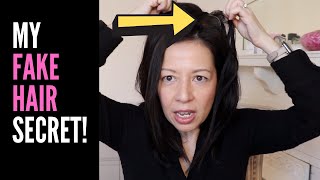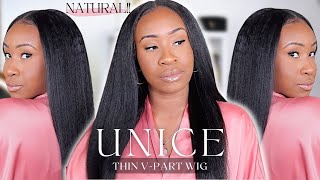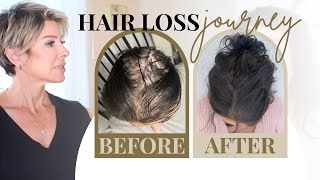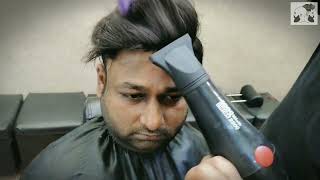Cystine Loss In Relaxed Hair - A Look At The Science
 I don’t often like to write sciency posts but when looking at relaxers and the damage they can cause it’s important to understand it on a cellular level so that we can mitigate some of the damage.
I don’t often like to write sciency posts but when looking at relaxers and the damage they can cause it’s important to understand it on a cellular level so that we can mitigate some of the damage.
Cystine is an amino acid derived from protein and researchers have found through amino acid analysis of hair after it has been relaxed that there were reductions in three amino acids specifically cystine, citrulline, and arginine. Cystine specifically is responsible for hair’s strength and is often found in low levels in people who suffer from hair loss.
Cystine levels go down with each subsequent relaxer application (for those think it’s a good idea to reapply relaxer to previously treated hair) which leads to brittle hair that breaks easily, no surprise there then. This should drive home the importance of using barrier creams or petroleum jelly* to prevent accidentally re-processing your hair.
It’s also worth pointing out that with the reduced amino acids in your relaxed hair, tensile strength is greatly reduced as well so keep styles that involve pulling your hair like braids, cornrows etc down to a minimum. I hear some relaxed ladies find that wearing a weave* does not give them very good length retention, at best it’s a wash with the added growth cancelled out by the increased breakage during braiding. At the very least, if you enjoy weaves*, use a stylist that you trust not to braid too tight!
Now, we know that cystine is reduced after your relaxer but how do you increase it’s levels? Supplemental cystine and has been shown in studies to increase the diametre of hair shafts in particular cases of hair loss. However this only applies if you have poor hair growth but does nothing for hair that has already been relaxed so the answer has to lie is topical application of some sort.
The amino acid arganine has been tested and shown to have a very high affinity to hair when applied in a simple aqueous solution but uptake reduces dramatically in the form of a conditioner, maybe due to interactions with other ingredients (this probably explains why aphogee two step protein treatment* is a thin liquid). Unfortunately I cannot find any references in cystine on it’s own being tested on hair.
On the subject on Aphogee two step, it lists hydrolyzed animal protein as it’s second ingredients, again I cannot find a credible reference as to which amino acids it is comprised of but it’s very likely that cystine is one of them. This is further it testament to the fact that a lot of relaxed ladies have had such success growing their hair when they use aphogee in the wash following the relaxer application. Clearly they are replenishing their hair’s reduced amino acids which increases tensile strength hence less breakage. A coincidence? I don’t think so!
So apart from Aphogee*, which products should work well in restoring cystine levels in hair? There isn’t a great deal in the literature directly relating to cystine but from my research, products containing wheat and keratin amino acids will usually contain cystine too but since they come in the form of a conditioner, it is unclear how much is actually absorbed by the hair.
There has also been the introduction of a new Brazilian straightening system that uses cysteine instead of keratin with the idea that cysteine is more easily absorbed into the hair so does not require formaldehyde or multiple passes with a flat iton to ‘fix’ it like the keratin treatment does. It also claims to work on afro hair with a few applications needed to give you a ‘relaxed look’. I’m holding out on an opinion on that until I see further evidence.




